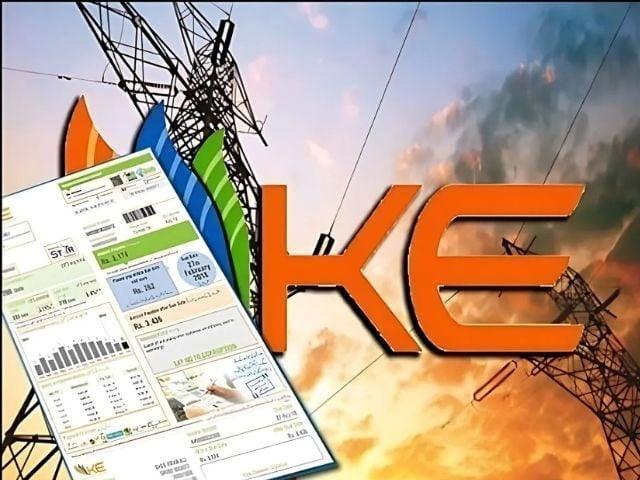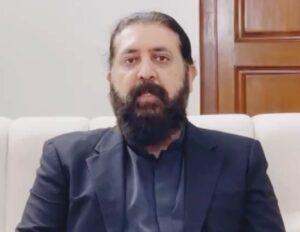Islamabad:
The National Electric Power Regulatory Authority (NEPRA) noted a notice of justification on K-Electric (KE) on non-compliance with its instructions relating to forced load shedding.
The regulator stressed that KE had used load shedding according to aggregated technical and commercial losses (AT&C), which violates the law of NEPRA and the rules of performance standards (distribution), 2005.
According to the authority, distribution companies (DISCO) are forced to maintain plans and schedules to lose up to 30% of their load connected at any time on the instructions of the National Transmission and Depatch Company (NTDC).
This burden must be divided into separate and commutable blocks which can be disconnected as indicated by NTDC. Copies of these plans must be shared with NTDC.
The NEPRA stressed that the NTDC, as far as possible, should provide distribution companies with a preliminary warning of the imminent load shedding to help maintain the voltage and frequency of the system in accordance with the grid code.
The NTDC is also responsible for installing distribution companies on the specific amount of the load to be disconnected and the calendar, using a clear and unambiguous communication on the basis of the approved plans.
Previously, on January 8, 2025, the NEPRA published an explanation to KE under regulations 4 (1) and 4 (2) of the regulation of the Nepra (Fine), 2021, citing the non-compliance of its directives.
The regulator declared that KE had implemented the load shedding on the basis of AT&C losses, which violates the Nepra law and the rules of performance standards (distribution), 2005.
In this practice, whole feeders with commercial losses – such as electricity flight and non -payment – are closed for hours, even when certain consumers on these feeders are fully compliant and regularly pay their bills. “The Nepra considers that unfair consumers.”
In response to this practice, the authority had initiated and concluded legal proceedings, resulting in a penalty of 50 million rupees on KE.
“NEPRA continues to emphasize that load load shedding should only be carried out at the level of the transformer mounted on the post (PMT) and only when it is absolutely necessary – as in the case of generation shortages or transmission constraints, and only under the instructions of system operators.”
Meanwhile, KE launched a project in 2021 to install an advanced measurement infrastructure system (AMI) and automated reading (AMR) at the distribution transformer, costing 600 million rupees.
The project aimed to identify energy losses due to theft and non-payment and to facilitate trade benefits. Ke also said that these meters would allow remote connection and disconnection at the transformer. The project was completed in December 2021, with a test carried out until June 2022.
The NEPRA has examined the project’s files, reports and submissions of the project and noted that if the company had collected the trade benefits of the AMR / AMR system, it did not use the technology to relieve consumers by performing a targeted merchant in the PMT, despite the ability to do so.
In addition, during public hearings on monthly fuel costs (FCA), Karachi residents have largely complained about excessive and disloyal load shedding, strengthening the concerns of NEPRA.
A spokesperson for KE concerning the NEPRA exposure service notice said: “KE is currently examining the notice of exposure service received from the NEPRA. After a complete examination, we will submit our response in accordance with the period set by the authority.”




